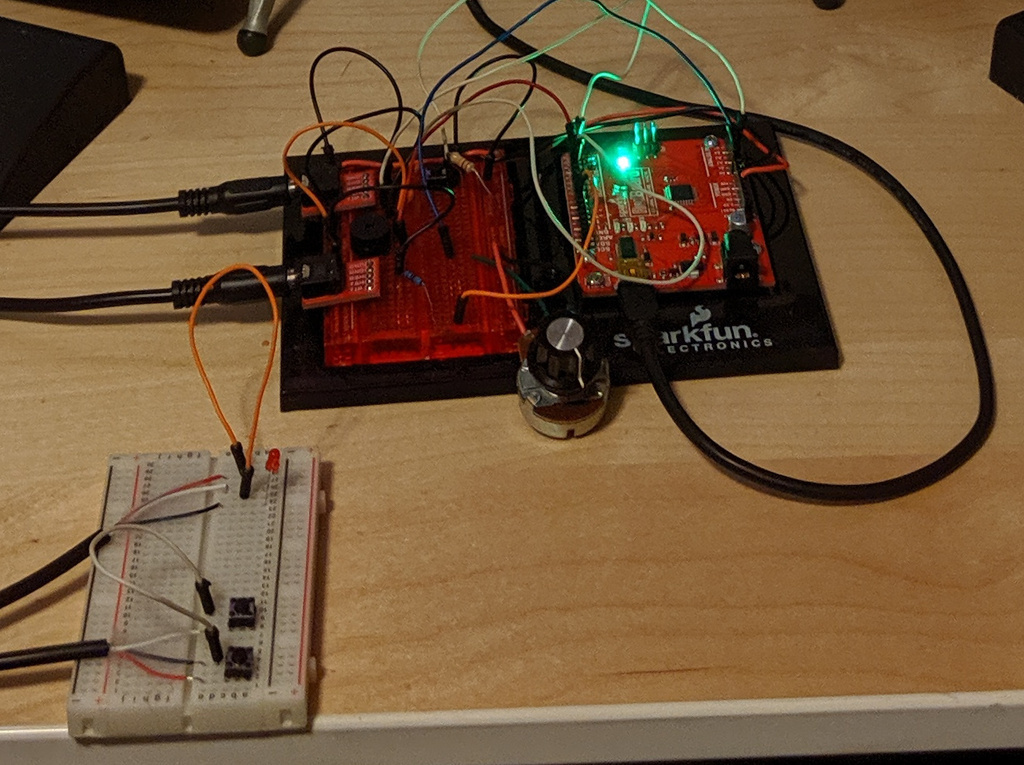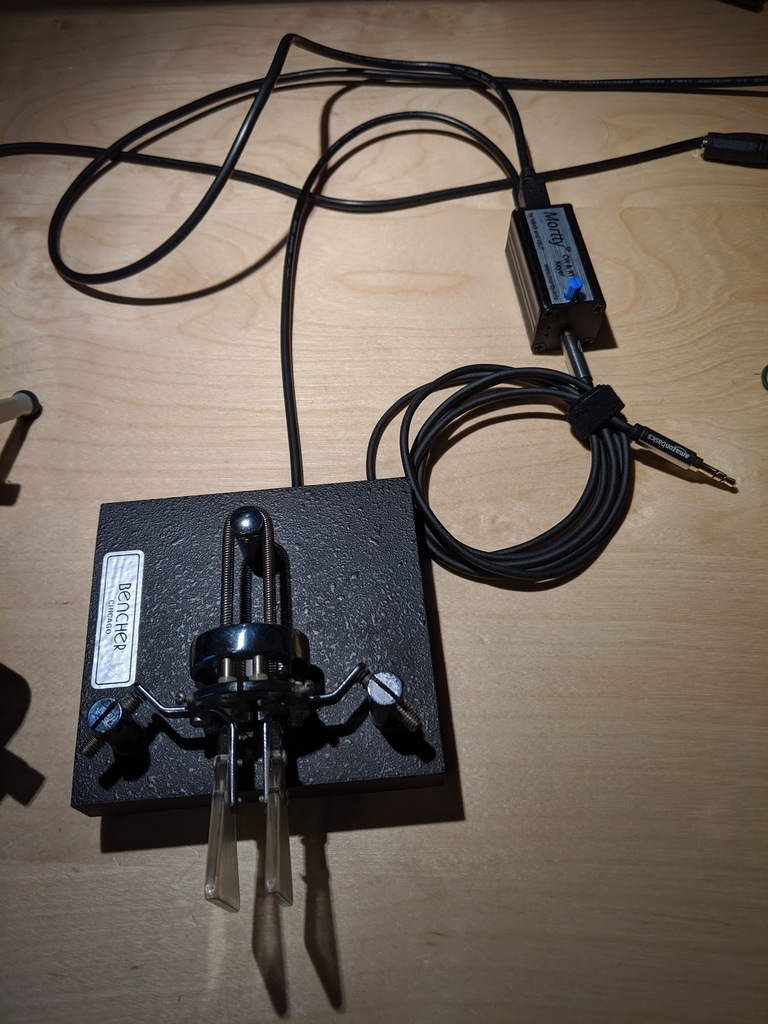CW
Lacking an HF radio, there’s not a lot I can do about learning to operate on HF. There’s a certain amount of theoretical knowledge and equipment research to be done, and demonstrations via YouTube definitely help, but I’m one who learns best by doing.
While I wait to pull the trigger on getting an HF rig, however, I can do something I’ve been dragging my feet on: learning Morse code, often referred to in the ham realm as “continuous wave” or CW. There was a time when it was required knowledge for every amateur to get their license, but it’s no longer obligatory. I had considered it old-fashioned, even for a bit after getting my license, but I’m learning that it’s still quite active and versatile. When there’s almost zero bandwidth and nothing else is getting through, Morse is still the simplest and most reliable way to cut through the static.
There are a couple of facets to learning Morse: sending (transmitting a message) and copying (receiving and interpreting). For my first steps in both, memorizing letters, I found a decent Android app, LimesDevelopment Morse Code
Sending

When you think of sending Morse code, the first image that comes to mind is the traditional straight key. I don’t expect that I’ll ever be much good at straight-key operation; my hands are already precariously close to tendinitis from my day job. I know there are proponents of learning straight key first then going to dual paddles, but I need to do what lets me operate.
I went looking for a simple code practice setup and found the
K3NG Keyer, an Arduino-based dual paddle keyer
project. It contains a raft of features, so many so that it can’t fit “fully loaded” onto an Arduino
UNO. It makes a good practice set, but it’s also useful beyond that. While many radios have a
built-in dual paddle keyer, K3NG can support a computer-interface protocol called Winkeyer that
works with various amateur radio logging and contesting software.
I didn’t even have a dual-paddle key when I began, so I used two micro tactile buttons, visible in the bottom right of the above picture. Not fun!

I was pleased with my initial try, but wanted something more finished and rugged, so I picked up a
K3NG variant called the Mortty. It doesn’t try to pack in
every feature of K3NG, but rather it aims for the most useful features in a small, inexpensive and
rugged package. It comes as a kit. It was easy to assemble, but I had a little trouble with it. It
turns out, I bent some pins in the USB jack. The seller very kindly offered to replace the broken
part, but I opted to replace the $4 part myself. Mortty does not come with a speaker for side-tone,
so without a radio, it needs a separate code practice oscillator, which I’ve been building out of
yet another Arduino. If I settle on a design I like for a code practice oscillator, I’ll publish it.
I also went to a hamfest and picked up not one but three dual-paddle keys! I found a nice Bencher key, an MFJ-561 mini travel key, and a homemade magnetic QRP paddle. The last two were included with a Rockmite 40m QRP radio kit built in Altoids tins. I don’t feel like I have the expertise to try QRP (low power) operating yet, but it’s definitely of interest.
Copying
The art of understanding other people’s Morse is harder than sending (at least, that’s my opinion so far). There are actually a couple of formalized methodologies to learning Morse. The first is Farnsworth timing, where the dits and dahs of each letter are sent at a relatively high speed, but extra space is put between the letters and words. This encourages one to learn the “shape” of each symbol rather than counting dits and dahs, which doesn’t work when trying to speed up. The other formalized methodology is the Koch method, which introduces just one or two letters at a time in a specific order and plays them semi-randomly for a minute. Once you can copy 90% of the limited set of letters, more are added.
The Android app I mentioned earlier is a good starting point, but I think using that, I’m counting more than listening. I can copy a 5 letter word after about 6 replays. The better resource I’ve been using is lcwo.net, which incorporates both Farnsworth timing and Koch method lessons. Still, it’s slow going. I’ve put in a couple of hours and I’m on lesson 3, trying to differentiate random groupings of K, M, U and R. Doesn’t seem to be much to do but continue grinding and hope it starts to click.